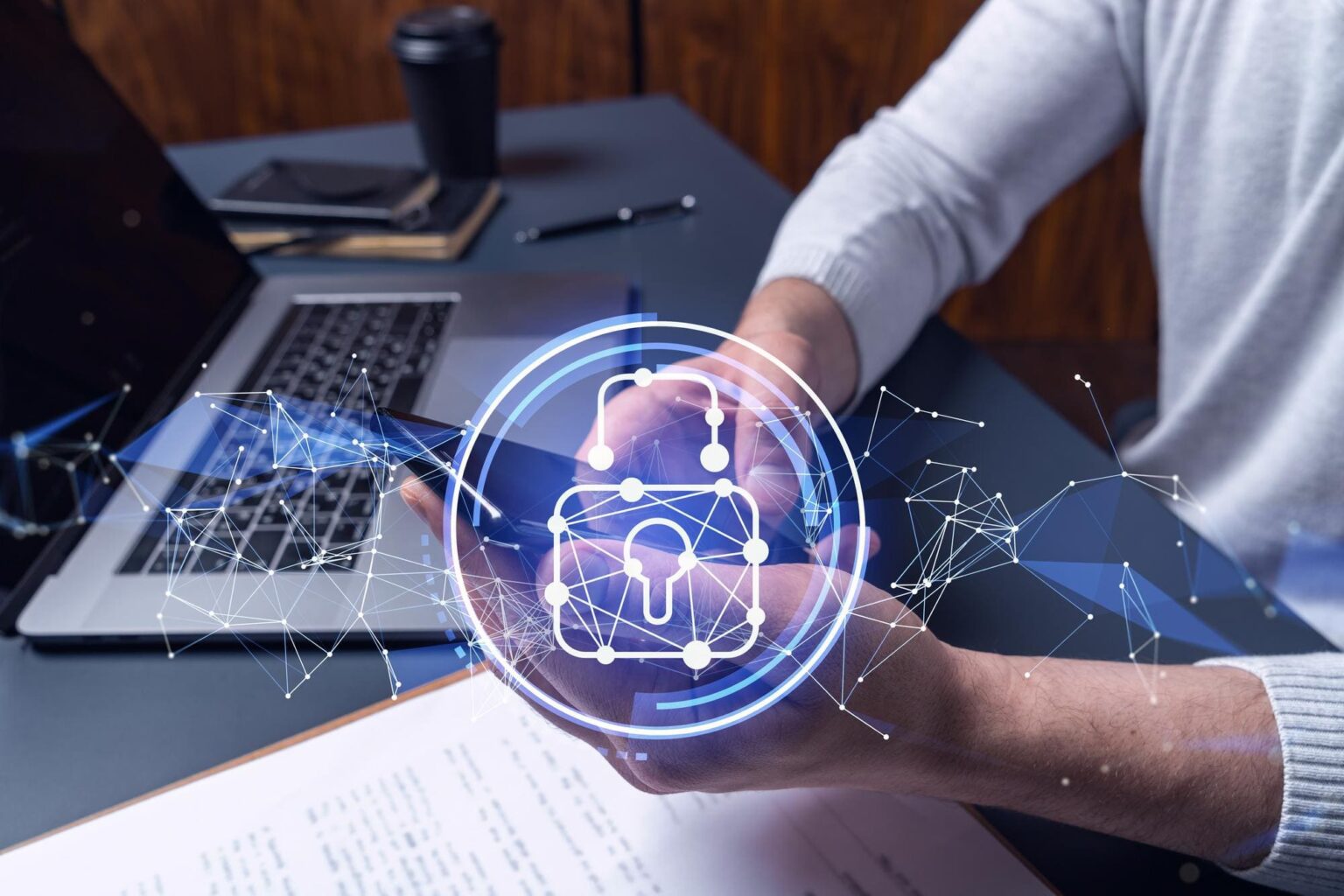As more organizations use AI to analyze and process large amounts of personal data, ensuring data privacy has become a critical concern for CIOs. Here are some approaches that CIOs can take to safeguard personal information in AI applications:
- Use privacy-by-design principles: CIOs can incorporate privacy-by-design principles into the development of AI applications. This involves designing applications with privacy considerations in mind from the outset, rather than as an afterthought.
- Conduct privacy impact assessments (PIAs): CIOs can conduct privacy impact assessments to identify and mitigate potential privacy risks associated with AI applications. PIAs can help identify potential privacy risks early in the development process and ensure that adequate safeguards are in place to protect personal information.
- Use data minimization techniques: CIOs can use data minimization techniques to reduce the amount of personal data collected and processed by AI applications. This can include collecting only the minimum amount of data necessary for a specific task and limiting data retention periods.
- Implement access controls: CIOs can implement access controls to limit access to personal data to authorized personnel only. This can include implementing role-based access controls and using encryption to protect personal data in transit and at rest.
- Provide transparency and control: CIOs can provide transparency and control to individuals over their personal data by implementing mechanisms such as privacy notices, consent forms, and data subject access requests.
- Ensure compliance with regulations: CIOs must ensure that their AI applications comply with relevant data protection regulations, such as the General Data Protection Regulation (GDPR) and the California Consumer Privacy Act (CCPA).
- Train employees on data privacy: CIOs can provide training to employees on data privacy best practices, including how to handle personal data in AI applications and how to recognize and report potential data breaches.
By taking these approaches, CIOs can help ensure that personal data is safeguarded in AI applications, thereby building trust with customers and protecting the organization from reputational damage and legal liability.



